“An ounce of prevention is worth a pound of cure.” This is a phrase that rings true for pretty much everything – guitar maintenance included! Most guitar owners understand that string changes, light polishing and getting a set-up when necessary are good ways to keep their instrument in good condition, but often over-look what may seem to be more trivial problems. The thing is, these smaller problems can often turn into big ones down the road. The good news is that if addressed properly, you can easily prevent these problems without a whole lot of technical know-how. Here’s my list of things to watch out for:
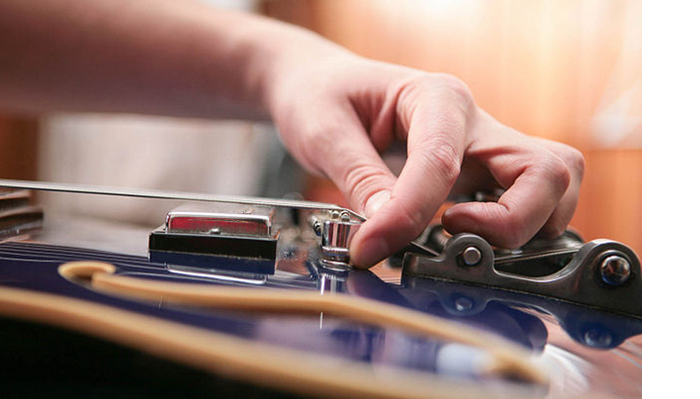
1. Loose Volume / Tone Knob
When the nut that holds a potentiometer (pot) in place is tight enough to hold it still, turning the knob simply rotates the pot’s shaft, giving you that volume or tone change. Here’s something I’ve heard a number of times: “well, my knob was just loose at first but now my guitar doesn’t even work!” So, what happens when it feels loose? The problem is that when you turn a knob that is not securely fastened to the body, chances are you’re turning the whole pot inside the guitar. Doing this will also rotate all the wires connected to the pot, potentially ripping them off or causing them to short somewhere.
So if you don’t want to rip wires off, (which you shouldn’t), the answer would of course be to tighten the bolt that holds the pot in place. Herein lies the next problem: once the bolt is tight enough to grip the pot (but not quite tight enough to hold it in place), just turning the bolt can also turn the whole potentiometer. The trick is to make sure you hold the pot’s shaft still while turning the bolt. I like to use a flat-head screw-driver in the slot to keep it still while tightening.
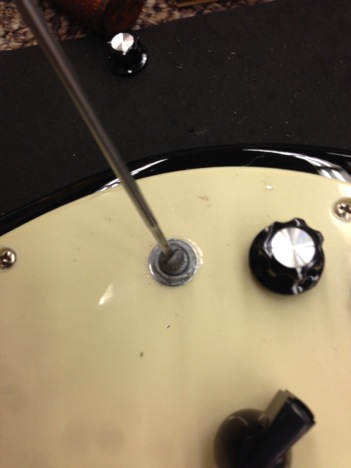
2. Loose Output Jack
There’s a couple different ways your output jack can be loose. One: your cable just seems to fall out, and two: the whole jack wiggles around. In the first case, more often than not you can fix this by adjusting the jack’s contact on the inside.
Take the jack assembly off, and plug your cable in. You can see where the cable’s connector makes contact – that long curved metal thingy. This is the piece that holds the cable in, so by removing your cable and gently pushing this piece inward, you should be able to create a better “lock” for your cable.
If your problem is that the whole output jack is loose, you have a similar problem to what I mentioned about the loose volume / tone knobs. You don’t want to just turn the bolt, you need to be able to hold the whole jack still while turning or risk ripping off more wires. The best way to do this would be to take the jack out, and literally hold it with your hand while tightening the bolt.
3. Loose Strap Buttons
It’s not uncommon for a strap button to spin in its place. While this might not seem like a big deal, if you aren’t using strap locks this makes it easier for your strap to slip off. Also, enough movement can gradually wear the hole that the button’s screw is set into, and eventually just not be secure anymore.
Typically, the cause for a loose strap button is that the screw just isn’t biting into enough wood. The simplest solution to this is to, well, add some wood. Toothpicks are great for this – simply remove the strap button, break up a couple toothpicks and put them in the screw-hole. You’ll notice a much more snug fit immediately.
4. Sympathetic Buzzing Sounds
Ahh the dreaded buzz. Most often, an annoying buzz is caused by a poor set-up or messed up frets. Occasionally, a different sort of buzz can appear from an entirely different source. These are tricky to pinpoint, but keeping with the theme of fixing loose components, sometimes you can erase these pesky sounds by tightening everything!
When you pluck a string, more than just that string vibrates. Everything on the guitar vibrates, so if there’s a particular component that’s loose, there’s a chance it will rattle. Confirm that every screw and bolt on the guitar is snug, from the machine heads to the saddles, and you may just save yourself a repair bill just by turning some screws!
5. Grime-encrusted Fretboard
Okay, so here’s the odd one out. No need to tighten anything here! Cleaning your fretboard may seem obvious, but doing it effectively isn’t always carried out. One of the big problems with keeping dirt on your fretboard (among others) is that things can build up underneath your frets, and eventually end up raising them. The last thing you want to do is bring your guitar for a fret level because too much dirt built up underneath the frets.
To really clean out your fretboard, I recommend spraying the board with a few spritzes of a bio-degradable cleaning solution (such as Simple Green), and then scrubbing with a toothbrush. Get in nice and close to the frets with the brush to try and remove any build-up that may already be present. As soon as you’re done scrubbing, wipe off the solution, and apply your lemon oil. You don’t need to do this every time you change strings, it really depends how much you play and.. how dirty your hands are. Which leads me to another point: wash your hands before you play! Your future self (and your guitar) will thank you.

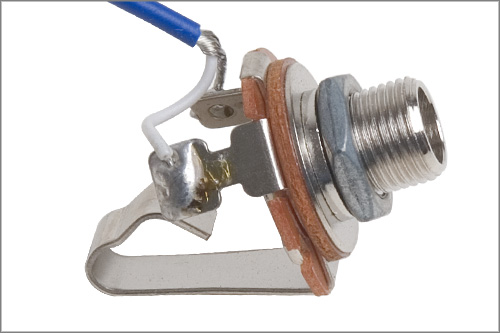
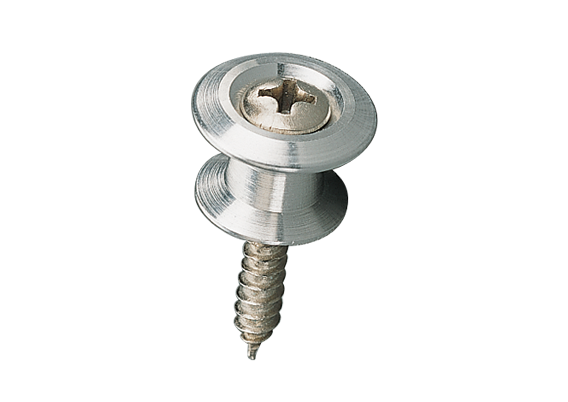
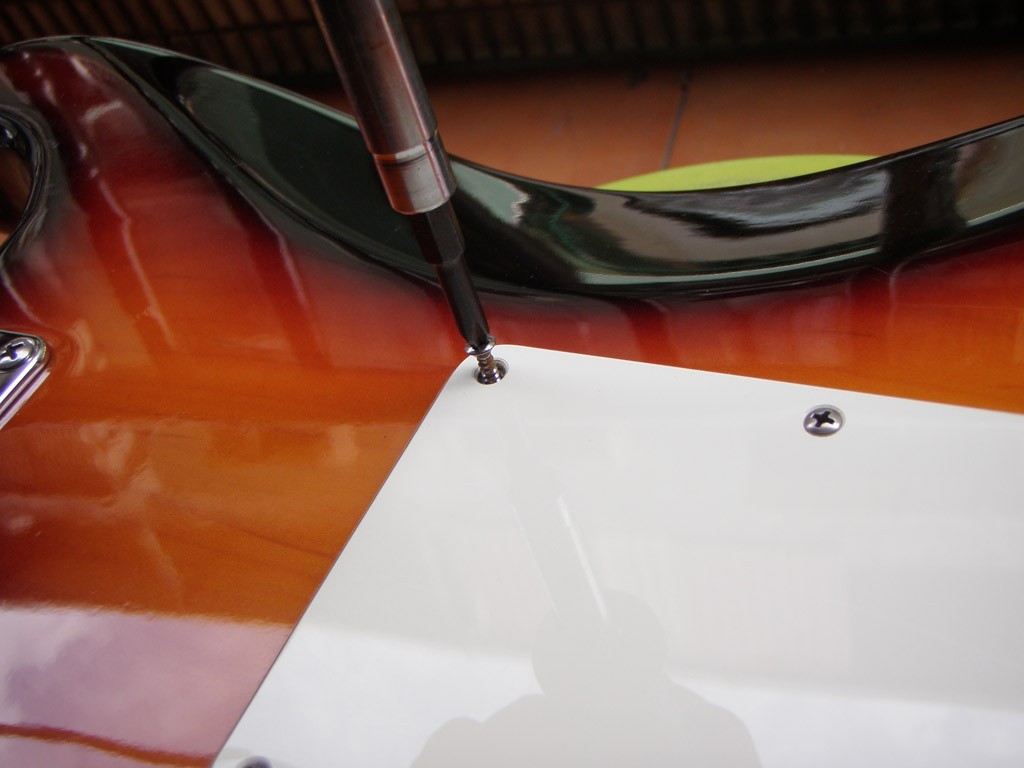
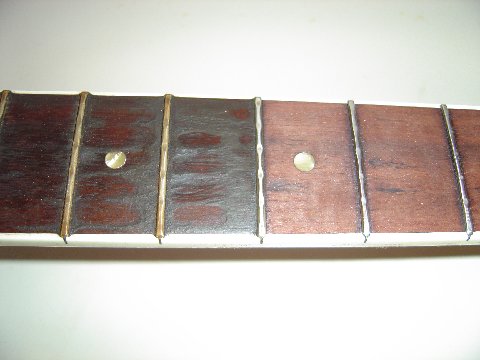
Good article. One thing I would add to the section on cleaning the fretboard is to keep the nails short on the left (or right) hand to keep them from digging into the wood. Many a fretboard have become roller coasters due to this and it is a costly repair!
Rusty Luthe
I just picked up a bottle of Gerlitz Guitar Honey. It is used on Rosewood or other dark wood fretboards. After you clean the fretboard you can spray a little on the frets and work it into the wood with you fingers. They say to wipe off the excess immediately. I like the product. It works wonderfully.